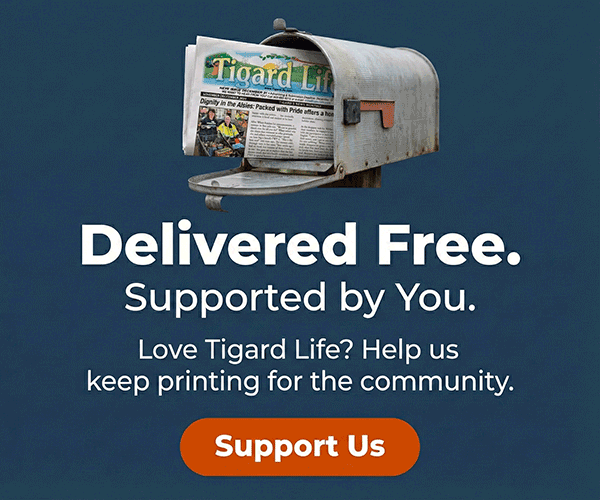Interest rates aren’t what they used to be—in fact, just a few years ago, they dropped dramatically; after that, they stayed lower to help stabilize the economy in the face of the coronavirus pandemic. Now, in a mostly post-pandemic world, we’re facing one of the highest increases in inflation in decades, as indicated by the annual Consumer Price Index coming in at more than 9 percent last year.
Fortunately, current rates and your current monthly payments aren’t set in stone. In fact, there are strategies you can employ today to help reduce monthly payments and make purchasing a home more affordable, even in a rising rate environment.
Interest Rate “Hack” #1: Use a Temporary Buydown to Reduce Monthly Payments
More buyers are using unique programs like temporary buydowns to save hundreds on their monthly mortgage payments. In fact, many sellers are benefitting from these programs, too, as it helps them sell their listed properties.
What’s a temporary buydown?
A temporary buydown is a financing option that temporarily lowers interest rate payments for the first one or two years of a home loan; this can make the mortgage more manageable for a homebuyer and provide peace of mind. If interest rates decrease, the homebuyer can refinance to take advantage of the lower rates.
In most cases, the party financing the buydown will make a single, large payment into an escrow account at the time of closing. The borrower will then make monthly payments based on the lower, or “bought down,” rate; at the end of the buydown period, the buydown funds collected at closing will have been exhausted, and the buydown period ends.
Interest Rate “Hack” #2: Use Discount Points to Reduce Monthly Payments
One other way to obtain a lower interest rate is to pay discount points, which will reduce the rate by a small percentage for the entire loan term and lead to lower monthly payments. While this takes some cash upfront, it may reduce your monthly payments significantly. In general, one point is equal to 1% of the loan amount; so, if you were to purchase two points on a $300,000 loan, it would cost you $6,000. For every discount point purchased, it will lower your interest rate by .250 percent to .375 percent, on average.
Consider purchasing points only if you plan to live in your home for long enough to recoup the cost. You can determine this by figuring out your breakeven point, which is the point at which the savings from the discount points exceeds the cost.
Interest Rate “Hack” #3: Consider an adjustable-rate mortgage, a government-backed loan, or a shorter loan term
When exploring your mortgage options, don’t limit yourself to the standard 30-year mortgage loan—while it’s a popular choice, it may not be the most cost-effective for your long-term financial goals. Shorter-term loans, such as 15-year fixed-rate loans, typically have lower interest rates and overall costs, but the monthly payments are higher compared to longer-term loans.
If you’re planning to stay in your home for a shorter period of time, like three to ten years, you may want to consider an adjustable-rate mortgage (ARM); this mortgage product offers lower initial rates to reduce monthly payments but may increase the payment down the road. Your adjustable rate is determined by the terms of your loan and market conditions.
It’s important to plan ahead for the date when the rate may adjust to a potentially higher payment. However, it may be possible to refinance out of an adjustable-rate mortgage before the fixed-rate period ends, depending on your circumstances.
Interest Rate “Hack” #4: Make a Bigger Down Payment to Reduce Monthly Payments
When it comes to buying a home, one important factor to consider is your loan-to-value ratio (LTV). This ratio compares the amount you borrow to the value of the home, and it can play a significant role in the interest rate you receive.
Generally speaking, a higher LTV (which happens when you make a smaller down payment) increases the risk for the lender. Conversely, a lower LTV (achieved with a larger down payment) reduces the lender’s risk and can lead to a lower interest rate. However, as with most things, there are pros and cons to consider if you’re thinking about making a bigger down payment to reduce monthly payments.
Ready to Take a Confident Next Step? Give Tim a call Today!


























